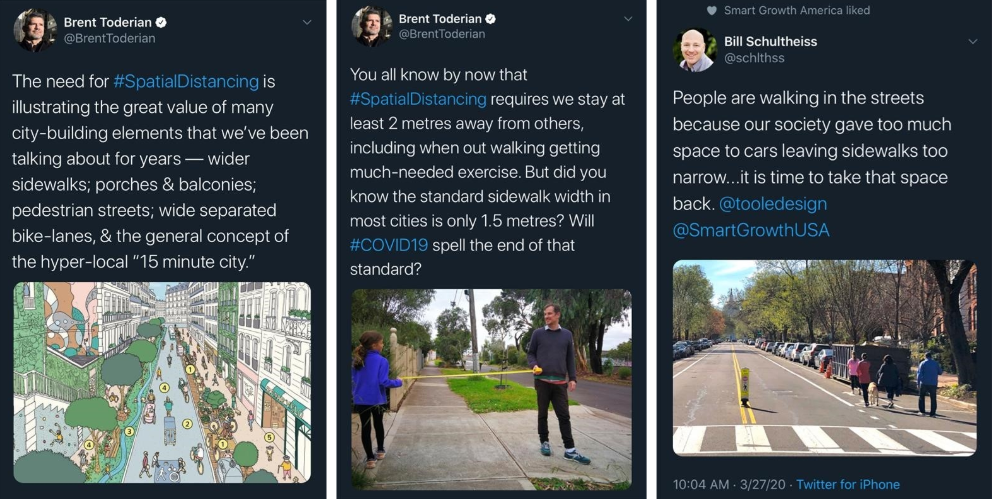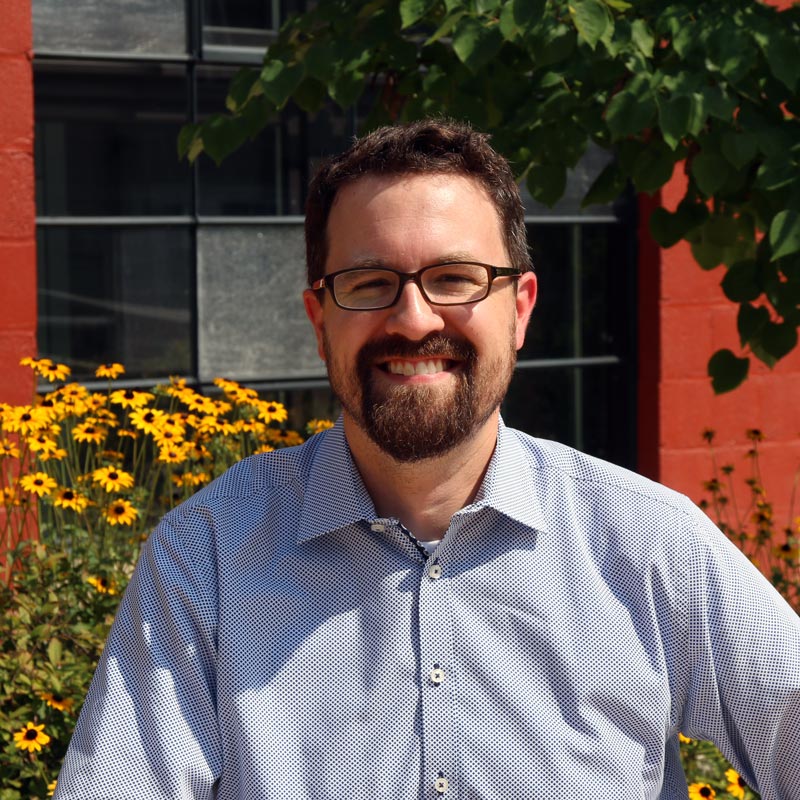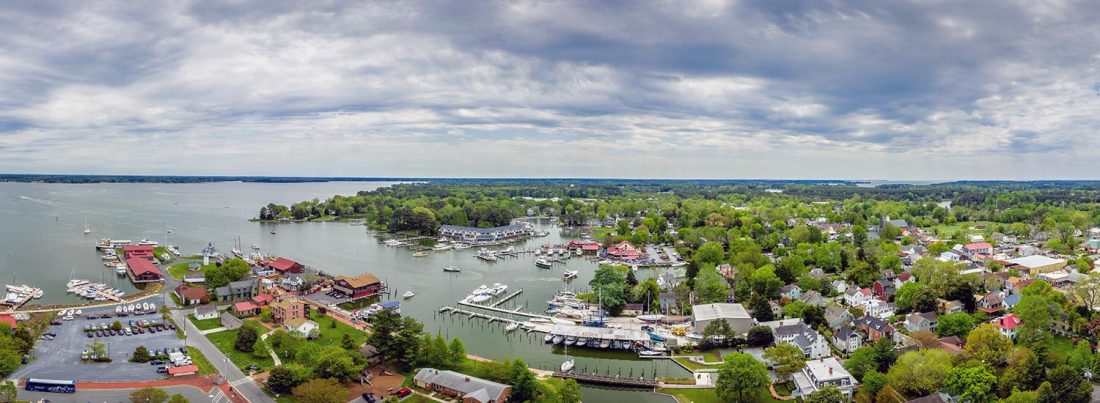Eastern Shore Towns Respond to COVID-19
Information and Support for COVID-19 provided by Eastern Shore Land Conservancy’s Center for Towns
Please note: Information in this article is based on the current status of the virus in the United States at the date of publication. For the most current information on the coronavirus (COVID-19), please consult ongoing updates from the World Health Organization (WHO) the Centers for Disease Control and Prevention (CDC), and the Maryland Department of Health.
More than anything, our thoughts are with you and your communities. The current COVID-19 (coronavirus) pandemic is forcing towns across the Eastern Shore to adapt quickly to the new and evolving norms and regulations. This public health crisis begat an economic crisis that is creating a unique set of challenges for our officials. Towns and Counties on the Eastern Shore are now planning a response to a crisis that none in this area have ever before seen. But some of the great responses to these challenges can help create stronger communities once we overcome this pandemic.
While most resources are provided and allocated on the federal and state level, local governments are on the front lines of both the virus response and the process of rebuilding our communities and our local economies. Our local leaders are making the most difference to help the most vulnerable members of our community. Soon they will also play a key role to help us get back on our feet, and it is up to the rest of us to do our part in this effort.
In an article from Strong Towns (link here and below), Quint Studer lists 15 ways members in a community can support one another. Among them are:
- Communicate, communicate, communicate.
- Look after vulnerable populations.
- Support the small/local business community.
- Harvest ideas from other communities.
- Collect inspiring stories of neighbors helping neighbors.
These tips are not only great ideas to help us through these hard times, but are great habits to create and keep once we are beyond this pandemic. As Studer notes:
“When we get intentional about doing what we can to strengthen and build up our communities now, we’re doing more than surviving. We’re setting the stage for renewed growth and revitalization once this pandemic dies down (and it will).”
Some of the most common municipal issues in this public health/economic crisis are safe outdoor recreation, accurate and timely communication, and support for our businesses and workforce.
Recreation and Community Design
In more densely populated areas around the world, people are finding it hard to go outside for fresh air and recreation while also keeping a safe distance from one another. In response, many cities and towns have closed off key streets and public places, and some communities are using this as an opportunity to reimagine how public space is best utilized for car, pedestrian, and cyclist traffic, and ultimately how our cities and towns are built.

Images: Various Twitter perspectives on the constraints of proper distancing.
Even in rural towns our sidewalks are not wide enough for people to maintain a safe social distance while out in their neighborhoods. This is showing planners and town managers that communities aren’t built to best accommodate people in a crisis situation, and they must reconsider how communities should to be built for the future. As Laura Laker from CityLab writes:
“During the crisis, and as society recovers, this network could keep residents active and healthy, where local restrictions permit. It would also be free to use — more valuable than ever amid a global economic disruption. Once we reach the other side, communities could decide whether to keep the new infrastructure or not.”
Community Communications
Perhaps more important is the topic of communication. All towns are having to come up with new ways of reaching their residents and new platforms on which to hold public meetings (Town Council, Planning, Zoning, Historic District, and Public Works). Most are using video conferencing, that is then broadcast to social media, town websites, YouTube, and other sites. These methods can not only help keep towns functioning and in compliance with Open Meeting Act, but can be another tool through which residents can engage with their local government, as not everyone can attend public meetings in person either because of work or family obligations.
In interviews with The Spy, for example, Mayor Chris Cerino of Chestertown and Mayor Robert Willey of Easton outline their towns’ responses to the pandemic and some of the challenges they face.
Chestertown: https://www.youtube.com/watch?v=aCwik4I5SlY&feature=share
Easton: https://www.youtube.com/watch?v=RLaNu7PU6j4&feature=share
Residents are also contacting their local officials using both new and traditional means, calling their local government, posting messages on social media and to other online media. They are finding new avenues of making their voices heard and making their officials aware of the struggles they are having to endure in this crisis.
Creating Stonger Towns, Together
It is clear, our towns work best when there is clear communication and feedback, both during a crisis and in times of peace. Adaptation and flexibility are great qualities in any town and in any community. During this crisis, our towns are adapting quickly and effectively, and taking actions that set a strong foundation for a future that fosters nimble decision-making and meaningful, inclusive communications with town residents. That said, it’s key that residents, business, nonprofits, and community leaders get involved by offering feedback and resources to address critical local issues as they arise. We are always stronger together.
To close, I will leave you with these motivating words from Quint Studer at Strong Towns:
“Maybe those of us who so passionately believe in the power of community are about to be proven right. On a national level, it may look like we are falling apart, but we need to remember that our strength has always manifested on the local level. I’ve said it before and I’ll say it once more: Locally is where America is at its best.”
Links and Resources:
Brookings: How Our Cities can Reopen after the COVID-19 Pandemic
CityLab: In a Global Health Emergency, the Bicycle Shines
National League of Cities: COVID-19 Local Action Tracker
Project for Public Spaces: How Can Public Space Managers Help Fight COVID-10
Strong Towns: In Tough Times, Our Community Becomes Our Safety Net

Owen Bailey, Towns Project Manager
Owen joined ESLC July 2015, after having worked at the Rose O’Neill Literary House at Washington College for almost seven years. Owen previously held the position of Facilities & Office Manager, providing oversight of the daily operations of the Eastern Shore Conservation Center. He serves on the Chestertown Historic District Commission and the board for the Friends of the Kent County Public Library.
Born and raised on the Eastern Shore, Owen Bailey earned a B.A. in American Studies and an M.A. in English from Washington College. He lives in Chestertown with his wife, daughter, and dog Daphie.







